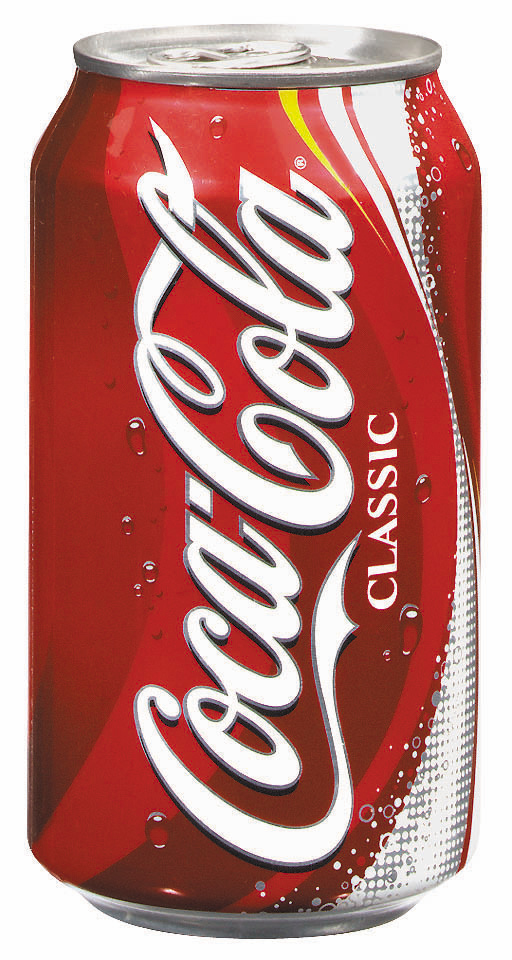This holiday season, traditional red coca-cola cans will turn white, as part of the new Coca-Cola campaign – Arctic Home.
With a commitment of up to $3 million to raise funds for polar bears and their habitats, this campaign is Coca-Cola’s biggest yet in cooperation with World Wildlife Fund (WWF).
While the special cans are especially attractive and the cause is very appealing, I question Coca-Cola’s intent. Is it out of concern for corporate social responsibility or merely a marketing gimmick?
It could be a mix of both, but I am leaning towards the marketing side.
Yes, the company is making effort to help the iconic animal associated with their ads since 1922, but its donations are incomparable to its revenues. In the third quarter of 2011, Coca-Cola reported net revenue of $12.2 billion, which implies that the $3 million devoted to the initiative is not even a slight percentage of its earnings per quarter.
If Coca-Cola truly cared about the Arctic environment, they would donate more in conservation efforts. But at this stage, the project seems to be a marketing tactic that uses WWF’s efforts in the conservation of polar bears to attract attention to the brand.
Maybe Coca-cola has good will, but if one of the corporation’s missions is “to create value and make a difference,” much more could be done to better-reflect their values.
References:
–Arctic Home
–Coca-Cola: Iconic Red Cans Turn White
–Coca-Cola: Press Release Third Quarter Results
–Coca-Cola: Mission Statement & Vision








